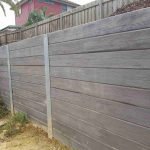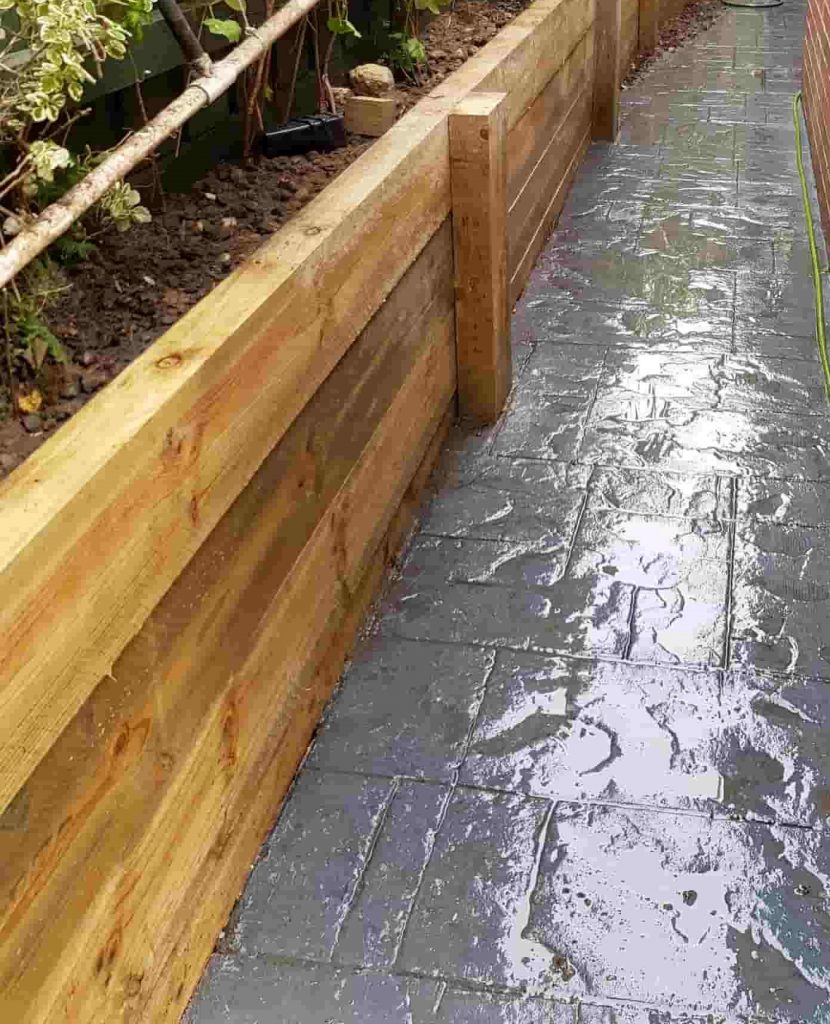
Designing Beautiful Landscapes with Expert Retaining Wall Professionals Near Me
Introduction
Creating a spectacular landscape includes more than just planting flowers and mowing the yard. One necessary aspect of landscape style is the efficient usage of retaining walls. These structures not only serve functional purposes like avoiding soil erosion however also boost the aesthetic appeal of your outdoor area. If you're thinking about incorporating keeping walls into your backyard, it's vital to partner with competent specialists. This short article will dive deep into the world of keeping walls, exploring whatever from types and materials to employing the best retaining wall professional, builder, or installer near you.
What Are Maintaining Walls?
Understanding Maintaining Walls
Retaining walls are structures developed to hold back soil and create level areas in sloped landscapes. They can be made from different products such as wood, concrete, brick, or stone. Retaining walls are crucial for managing disintegration, handling water drain, and creating functional land in hilly or irregular terrains.
Why Are Maintaining Walls Important?
Retaining walls provide numerous benefits:
- Erosion Control: By holding back soil, they prevent landslides and secure vegetation.
- Improved Visual appeals: Well-designed keeping walls can substantially boost the appeal of your landscape.
- Enhanced Functional Space: They allow property owners to create flat locations on sloped homes for gardens or patios.
Types of Retaining Walls
Timber Sleeper Retaining Wall
Timber sleeper maintaining walls are a popular option due to their rustic beauty and ease of installation. Made from treated wood, these walls blend naturally with gardens and landscapes.
-
Advantages:
-
Cost-effective
-
Easy to install
-
Natural appearance
-
Disadvantages:
-
Less durable than stone or concrete
-
Requires maintenance with time

Concrete Sleeper Retaining Wall
Concrete sleeper keeping walls provide toughness and strength, making them perfect for bigger projects.
-
Advantages:
-
Long-lasting
-
Resistant to rot and pests
-
Versatile style choices
-
Disadvantages:
-
Higher preliminary costs
-
More complex installation
Brick Retaining Wall
Brick keeping walls bring a timeless beauty to any landscape. They can be custom-designed to fit various styles.
-
Advantages:
-
Timeless appeal
-
Strong and long lasting
-
Disadvantages:
-
Labor-intensive installation
-
Higher expense compared to timber
Stone Retaining Wall
Stone keeping walls use unrivaled beauty and natural aesthetics. These can be dry-stacked or mortared for additional strength.
-
Advantages:
-
Extremely durable
-
Unique look
-
Disadvantages:
-
High costs
-
Requires knowledgeable labor for setup
Key Considerations When Designing Beautiful Landscapes with Professional Retaining Wall Specialists Near Me
Assessing Your Landscape Needs
Before embarking on a job with a retaining wall contractor, assess your property's requirements:
Budgeting for Your Project
Setting a spending plan is essential when preparing your retaining wall setup. Consider all potential expenses:
|Product|Approximated Expense Range|| --------------------------|----------------------|| Material Costs|$10-$50 per square foot|| Labor Expenses|$25-$75 per hour|| Extra Features|$500-$2000+|
Finding Expert Retaining Wall Professionals Near You
Researching Local Options
When searching for a "retaining wall specialist near me," consider using online resources like Google Maps or Yelp to find local professionals with positive reviews.
Checking Qualifications and Experience
Ensure that any professional you consider has:
Getting Several Quotes
Don't go for the first quote you get! Acquire numerous price quotes from various professionals to compare prices and services offered.
Questions To Ask Potential Contractors
When interviewing prospective professionals, ask concerns that reveal their know-how:
The Setup Process Discussed by Specialist Retaining Wall Installers Near Me
Site Preparation
The primary step includes clearing the area where the wall will be set up. This might include getting rid of plants or debris.
Choosing Products & Design Plan
Discuss product choices with your professional based on your aesthetic preferences and budget.
Building The Foundation
A solid foundation is crucial for stability; this typically includes leveling out soil and adding gravel for drainage.
Wall Construction Techniques
Depending on the selected material (lumber, concrete, etc), different techniques will apply:
FAQs
Q1: Just how much does it usually cost to develop a retaining wall?
A1: Costs differ substantially based upon material option however usually range from $10-$50 per square foot installed.
Q2: How long does it require to set up a maintaining wall?
A2: The timeline depends on size and intricacy however typically takes anywhere from one day to several weeks.
Q3: Can I build a retaining wall myself?
A3: While DIY is possible for smaller sized projects, employing experts makes sure correct building methods are followed.
Q4: Do I require licenses for developing a keeping wall?
A4: License requirements vary by area; contact local authorities before proceeding.
Q5: What maintenance do maintaining walls require?
A5: Regular inspections are crucial; try to find cracks or signs of erosion that may show concerns requiring addressment.
Q6: What's much better-- concrete or timber sleepers?
A6: It depends upon individual preference; concrete offers durability while timber supplies heat but needs more upkeep over time.
Conclusion
Designing lovely landscapes requires careful planning and factor to consider of every component within your outside space-- consisting of strong yet elegant keeping walls that can elevate both function and aesthetic appeal. Partnering with professional retaining wall contractors near you makes sure that your vision is brought to life successfully while keeping structural integrity throughout the seasons ahead.
By understanding different types of materials readily Mr cream chargers purchase guides available-- from timber sleeper and concrete sleeper options to classy brick and stone-- you empower yourself as a property owner to make informed decisions that line up perfectly with your landscaping goals.
Whether you're ready to start planning your task today or still contemplating what may work best in your unique environment, keep in mind-- the right experts can help turn any surface into a welcoming oasis!
Incorporating all these components ensures not simply an appealing landscape but likewise long-term performance that improves residential or commercial property worth while providing enjoyment for years down the line!